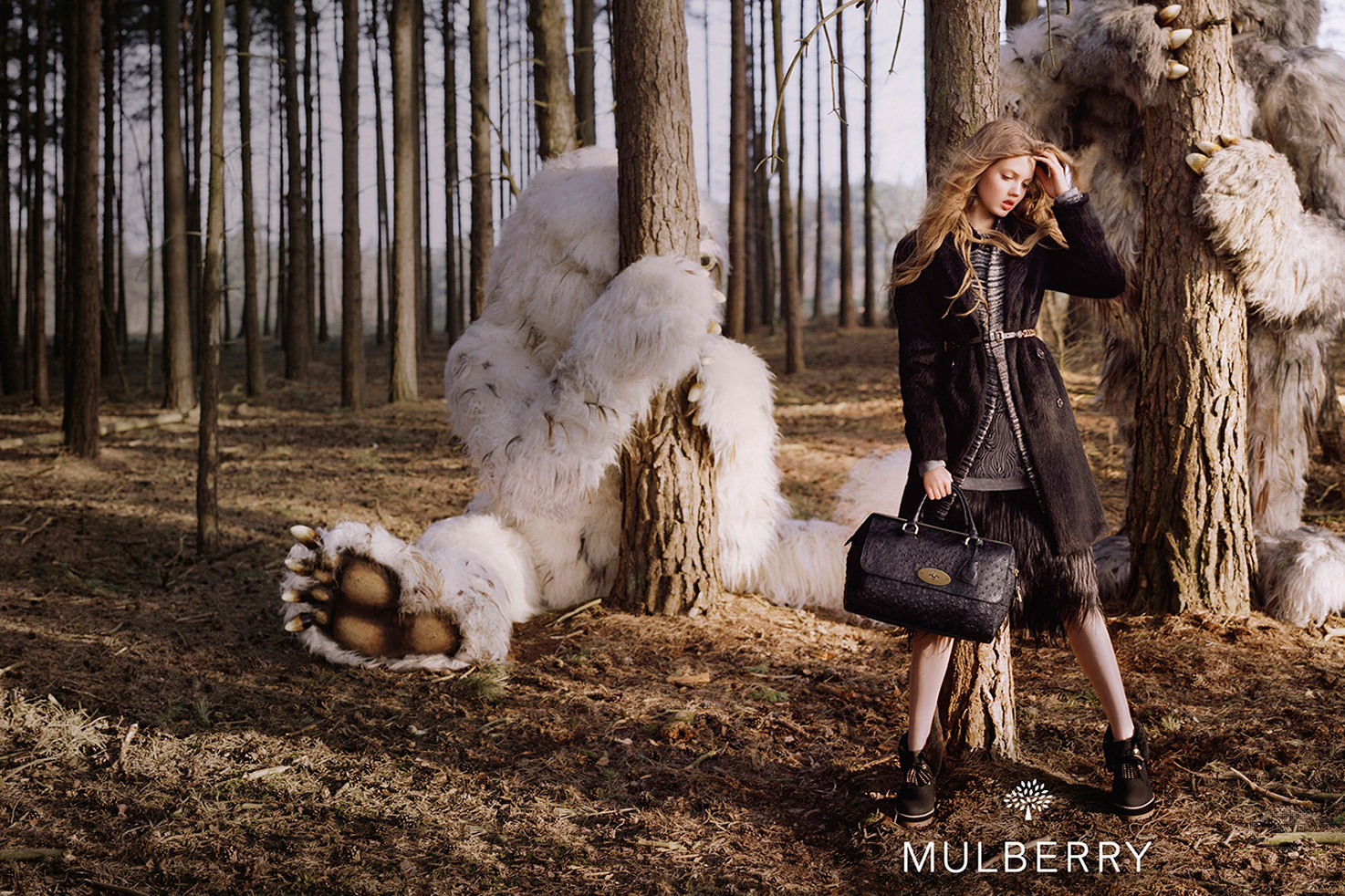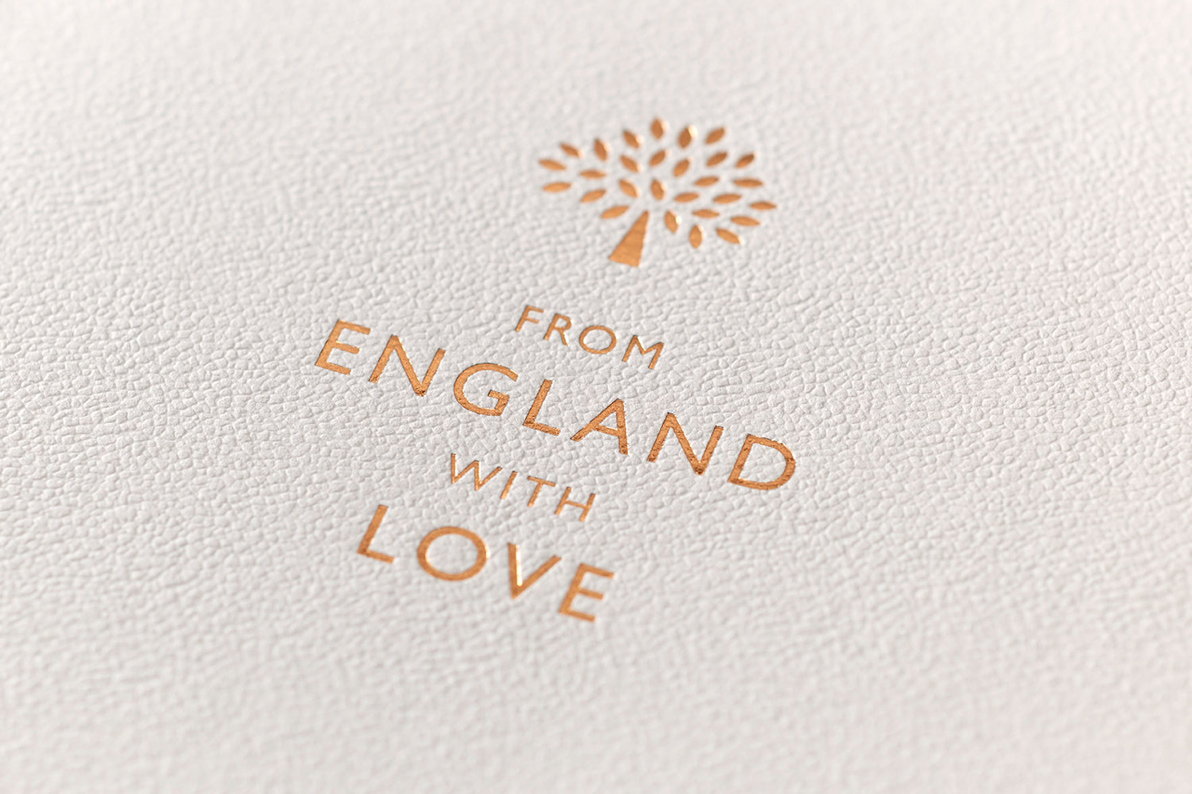Mulberry: The Rise
Having got ‘up close and personal’ with Mulberry’s inner-workings, Financial Director Andy Brown contemplates the highs and lows of the brand’s well-publicised journey in a 4-part instalment.

Before I begin, I have to confess my bias as a long-standing admirer of the fantastic British luxury brand Mulberry. My wife and I own their products and I had the privilege of working with the marketing team on an almost monthly basis from 2010 – 2013 at either New Bond Street or Kensington Church Street.
At times I also met with members of their board and having worked alongside some of their key decision makers, I have followed Mulberry in the mainstream fashion media and financial press for years. I’m always intrigued by the effect that leadership and market positioning seems to have on the brand and am keen to learn from others’ successes and mistakes.
So, let’s begin.
People
For those not familiar with the name, Mulberry is a British fashion brand which was founded in 1971 by Roger Saul and is based in Somerset. World-renowned and celebrated for their leather goods and in particular, their bags – Emma Hill CBE who joined as Creative Director in 2007 was largely credited with turning Mulberry into the international fashion powerhouse it is today. Through iconic pieces including the Alexa, Del Rey and Suffolk bags, Mulberry attracted a number of celebrity including the Duchess of Cambridge and Alexa Chung. And in 2011, Mulberry celebrated their 40th anniversary which is around the time that I’ll begin my observations.
Price
In April 2010, Godfrey Davis was quoted in the Guardian saying “We do sell ostrich bags for £2,000 to £3,000, but the core of our business is between £500 and £1,000 – and a lot of luxury bags cost a lot more than that now”.
Indeed, even in the wake of a frightening recession, the newly released Alexa bag which retailed at around £750 was a big hit. Mulberry seemed to have found a sweet spot between being what was expensive, desirable and luxury (but unaffordable to many) and being affordable to a larger market as ‘special occasion’ purchases.
Around this time, the Mulberry share price was recorded as rising by a staggering 3099%. The board and management team – including Emma Hill CBE and Georgia Fendley (Brand Director) – saw little change in personnel and the 2012 accounts recorded 21.4% profit before tax.
Alongside the growth in their revenue they also continued to be profitable. Boasting an increase in total revenues of 38% to £168.5m, profit before tax up 54% to £36m and a continuation of their global expansion – opening new stores in Europe, North America and Asia.
Positioning
Mulberry majored as an English brand and placed huge value on its heritage. Products were manufactured in England, dreamt up by British designers and shopped from British store experiences, with nearly half of its turnover coming from UK retail in 2012.

Around this time, Mulberry invested heavily in positioning itself alongside a number of emerging and established international creative artists and events, including being the first sponsor of Frieze New York in 2012. They hosted a pool party ahead of Coachella, gigs with Florence & the Machine and Eliza Dolittle and as part of their 40th anniversary celebrations, put on a musical mixtape tour; starting with a roof-top Kasabian gig in New York which was shut down by the NYPD.
The success of Mulberry’s rise was undoubtedly thanks to Emma Hill CBE’s new designs, a pricing point which (within luxury) was affordable and a notable stockpile of celebrity admirers. It seemed Mulberry had found a position in the market where it was winning and the team had ambition for further growth which meant more retail stores and higher sales volumes.
But things don’t always go to plan and if they were expecting plain sailing, they were in for a shock. To find out what happened next, stay tuned for the second instalment of Mulberry’s journey, “The fall”.
Photos by Mulberry.





